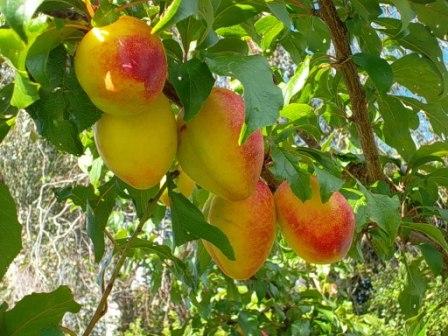Physical characteristics
A
Flowers and foliage
This fruit tree produces 5-petalled pure
Preferred site
Prefers
Preparation for planting
Always choose healthy, well-grown,
Maintenance tips
Apply an organic mulch
Ecological and biodiversity benefits
Attracts beneficial insects to the garden.
Pests and diseases
Caterpillars may damage leaves, as will rosella parrots. Silver leaf, a disease of the plum family can also be troublesome but you can guard against this by disinfecting your secateurs between pruning of each tree.
Location at Auckland Botanic Gardens
Orchard
Interesting facts and tips
This cultivar is self-fertile so will not need another tree to produce fruit. Another tree to help with cross-pollination would help increase the size of the crop. European plums produce fruit when the tree is around 3 to 5 years of age.




.jpg?width=1200&height=1200&v=1d4024dceb89e50)

.jpg?width=1200&height=1200&v=1d5569224d63650)
 .jpg?width=1200&height=1200&v=1d4024df6ce2770)
.jpg?width=1200&height=1200&v=1d55676a892f2b0)
 .jpg?width=1200&height=1200&v=1d4024e3b65f7f0)